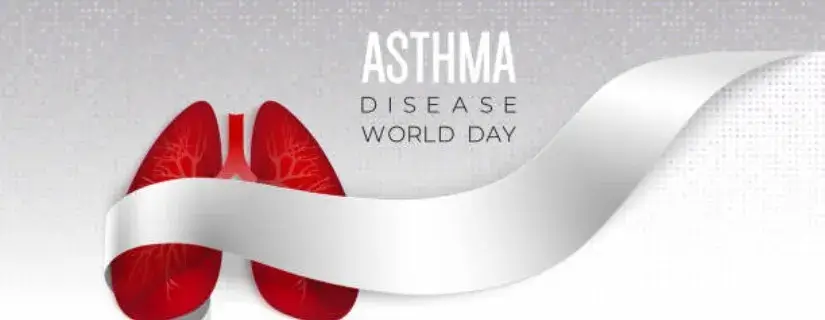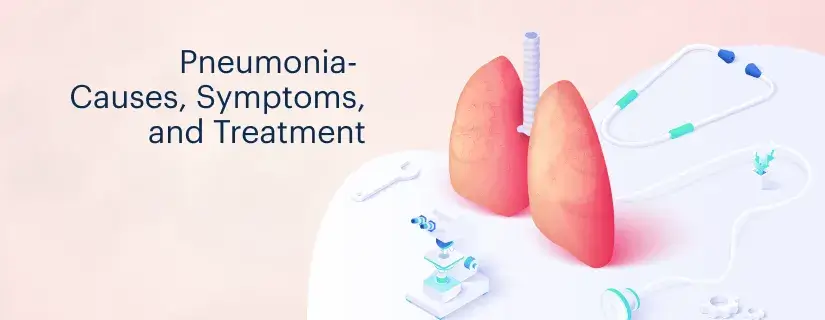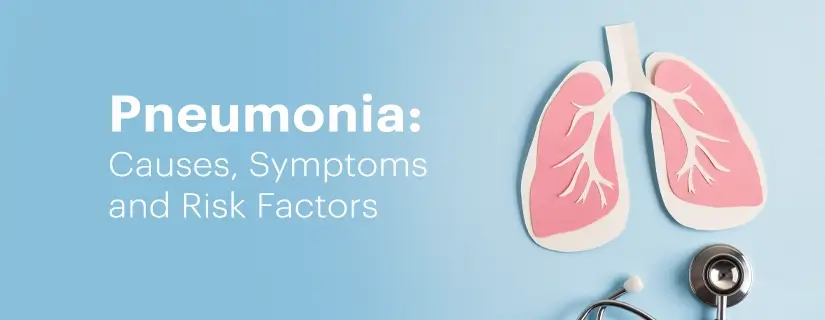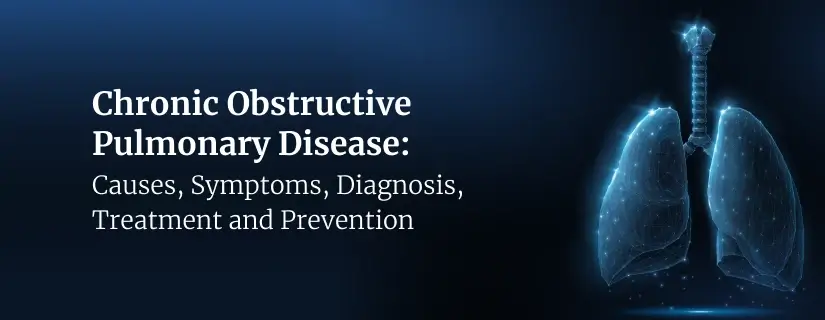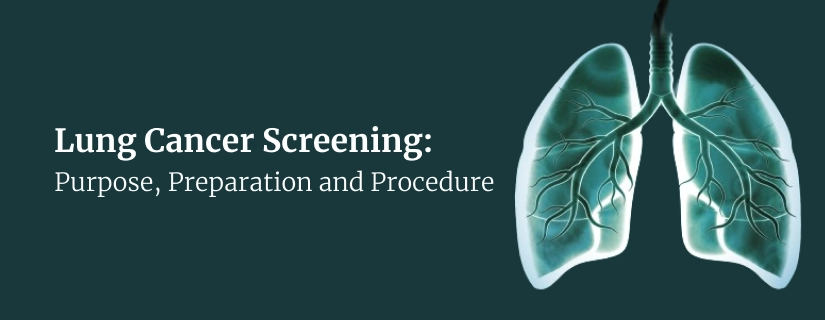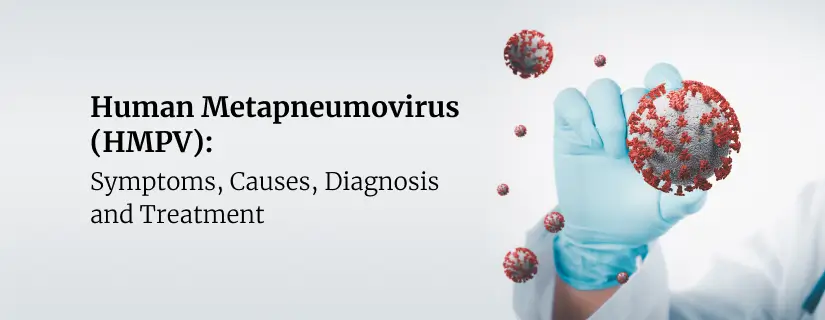-
Doctors
-
Specialities & Treatments
Centre of Excellence
Specialties
Treatments and Procedures
Hospitals & Directions HyderabadCARE Hospitals, Banjara Hills CARE Outpatient Centre, Banjara Hills CARE Hospitals, HITEC City CARE Hospitals, Nampally Gurunanak CARE Hospitals, Musheerabad CARE Hospitals Outpatient Centre, HITEC City CARE Hospitals, Malakpet
HyderabadCARE Hospitals, Banjara Hills CARE Outpatient Centre, Banjara Hills CARE Hospitals, HITEC City CARE Hospitals, Nampally Gurunanak CARE Hospitals, Musheerabad CARE Hospitals Outpatient Centre, HITEC City CARE Hospitals, Malakpet Raipur
Raipur
 Bhubaneswar
Bhubaneswar Visakhapatnam
Visakhapatnam
 Nagpur
Nagpur
 Indore
Indore
 Chh. Sambhajinagar
Chh. SambhajinagarClinics & Medical Centers
Book an AppointmentContact Us
Online Lab Reports
Book an Appointment
Consult Super-Specialist Doctors at CARE Hospitals
Pulmonary Stenosis: Symptoms, Causes, Diagnosis and Treatments
Updated on 15 November 2023
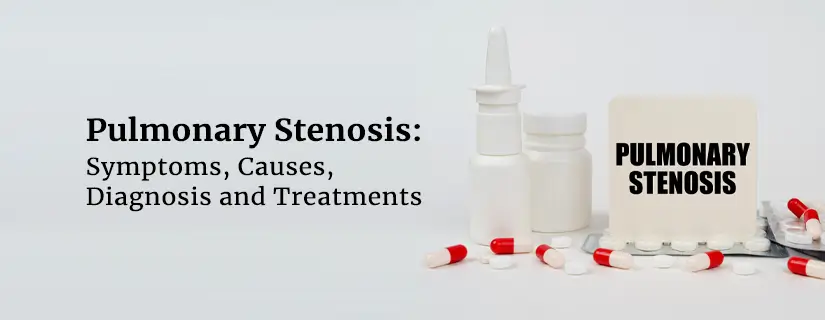
Pulmonary stenosis or pulmonary valve stenosis is the narrowing of the valve between the lower right heart chamber and the lung arteries. When the valve narrows, it also thickens, causing stiffness and leading to reduced blood flow through the valve. The lower right heart chamber, often referred to as the right ventricle, must work harder to pump blood to the lungs as the valve becomes narrower.
In most cases, pulmonary stenosis or pulmonary valve disease is present at birth, making it a congenital condition. However, some individuals may develop pulmonary stenosis as a result of other illnesses. The severity of the condition can vary, with individuals with mild stenosis experiencing few or no symptoms, but requiring regular checkups. Those with moderate or severe stenosis may need medical procedures to repair or replace the valve.
What are the Symptoms of Pulmonary Stenosis?
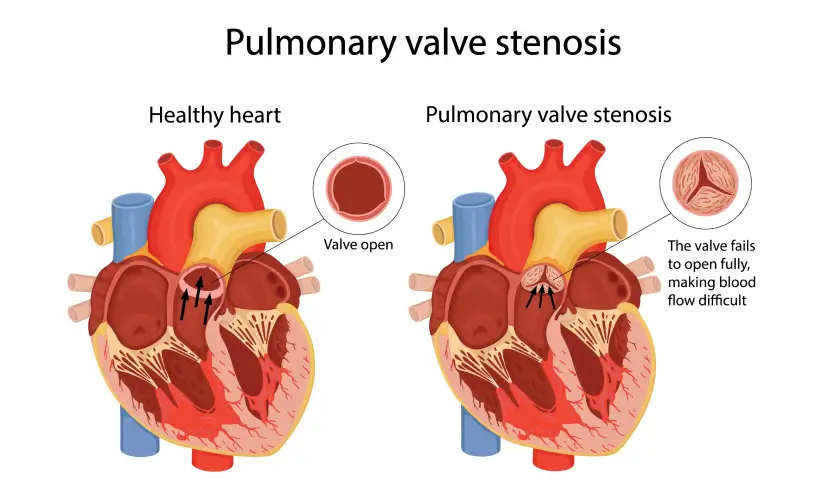
The symptoms of pulmonary stenosis depend on the degree of blood flow obstruction. Individuals with mild stenosis may not initially experience symptoms, while those with moderate or severe stenosis may notice symptoms during exercise or strenuous activities. Here are some common symptoms of pulmonic stenosis:
- Chest pain
- Fainting
- Fatigue
- Shortness of breath, particularly during physical exertion
- A whooshing sound known as a heart murmur (detectable with a stethoscope)
Babies with this condition may exhibit blue or grey skin, as a result of low oxygen levels.
What are the Causes of Pulmonary Stenosis?
The exact cause of pulmonary stenosis is not clear. Mostly, the condition occurs before birth, where the pulmonary valve does not develop properly while the baby is growing in the womb. This condition accounts for most of the congenital heart disease. The pulmonary valve comprises three tissue pieces called flaps (also known as cusps), which open and close with each heartbeat. These flaps ensure that the blood flows in the right direction.
In pulmonary stenosis, one or more cusps become thick or stiff. Sometimes, they can become fused, and the flaps do not open completely. This causes the blood in the lower heart chamber to exit, increasing the pressure inside the heart chamber and straining the heart. Consequently, the lower heart chamber becomes stiffer and thicker.
How is Pulmonary Stenosis Diagnosed?
Pulmonary stenosis is typically diagnosed in childhood, but it might go undetected until adulthood or develop later in life. During the initial consultation with the doctor, they will check the heartbeat using a stethoscope, and they might hear a heart murmur – a whooshing sound in the heart caused by choppy blood flow across the valve. However, they might also order additional tests such as:
- ECG (Electrocardiogram): An electrocardiogram is a quick and painless test that records the electrical signal in the heart. The healthcare provider places electrodes (sticky patches) on the chest and sometimes the arms and legs. The electrodes are connected to a computer, which displays the results. The heart's rhythm can be seen on an electrocardiogram, which may also show symptoms of cardiac muscle hypertrophy.
- Cardiac Catheterization: The healthcare provider reaches the heart by threading a tiny tube known as a catheter through the blood arteries in the groin. To make the blood vessels more visible on X-rays, they inject a dye that runs through the catheter into the blood vessels.
- During this test, they might also perform coronary angiograms. This test is used to evaluate the pressures inside the heart during the test to determine how vigorously blood pumps through the heart. The doctors then assess the degree of pulmonary stenosis by measuring the pressure difference between the lung artery and the right lower heart chamber.
- Echocardiogram: An echocardiogram uses sound waves to produce heart images and shows how the heart beats and pumps blood. It can also reveal the shape of the pulmonary valve and the extent to which it is narrowed.
- Other Imaging Tests: Other tests, such as MRI (Magnetic Resonance Imaging) and CT Scan (Computed Tomography), are also used to confirm the diagnosis of pulmonary valve stenosis.
How is Pulmonary Stenosis Treated?
Pulmonary valve stenosis treatments include the following -
Pulmonary Valve Replacement: Pulmonary valve replacement can be performed through open-heart surgery, during which a healthy valve replaces the damaged one. If there are other concurrent heart conditions, they may be addressed during the same surgery. The decision to repair or replace the damaged pulmonary valve is based on several factors:
- The severity of the condition
- The frequency and severity of symptoms
- Age and overall health of the individual
- The potential for the condition to worsen over time
- The necessity of correcting other heart diseases.
This surgical procedure is conducted under general anaesthesia to ensure the patient feels no pain. The lungs are temporarily connected to a bypass machine to maintain proper blood circulation throughout the surgery.
Balloon Valvuloplasty: During balloon valvuloplasty, a healthcare provider inserts a catheter with a balloon at its tip, typically through the groyne artery. Guided by X-ray imaging, the catheter is directed to the narrowed valve. The balloon is then inflated to enlarge the valve opening. Subsequently, the balloon is deflated and removed along with the catheter. Valvuloplasty may enhance blood flow and alleviate symptoms of pulmonary valve stenosis. However, there is a possibility that the condition could recur, leading to the need for pulmonary valve replacement surgery in some cases.
Conclusion
If an individual feels even the slightest discomfort in their chest, it is important to see a doctor immediately. Also, it is important to take the necessary steps to keep the heart healthy. In addition, certain changes in lifestyle can also help a lot and reduce any chances of heart disease. As pulmonary stenosis is a congenital disease, it is important to consult with the doctor as early as possible.

ENQUIRY FORM
SELECT CATEGORIES
-
Neurosciences (16)
-
Neurology (37)
-
Neurosurgery (14)
-
Orthopaedics (48)
-
Oncology (33)
-
Obstetrics and gynecology (52)
-
Pulmonology (23)
-
Urology (20)
-
Nephrology (13)
-
Psychiatry (7)
-
Dietetics and Nutrition (111)
-
General Medicine (63)
-
Cardiac Sciences (32)
-
Vascular & Endovascular Surgery and Interventional Radiology (15)
-
Gastroenterology (46)
-
Endocrinology (23)
-
Plastic Surgery (10)
-
Critical Care Medicine (5)
-
COVID-19 (16)
-
Dermatology (16)
-
Emergency Care (1)
-
Ophthalmology (4)
-
Pediatrics (14)
-
Laparoscopic and Bariatric Surgery (8)
-
ENT (15)
-
Kidney Transplant (1)
-
Liver Transplantation and Hepatobiliary Surgery (5)
-
General Surgery (3)
-
Internal Medicine (5)
-
Medicine Information
Tips to Control Asthma During the Rainy Season
Asthma Diet: What to Eat and What to Avoid
YOU MAY ALSO LIKE
RECENT BLOGS
-
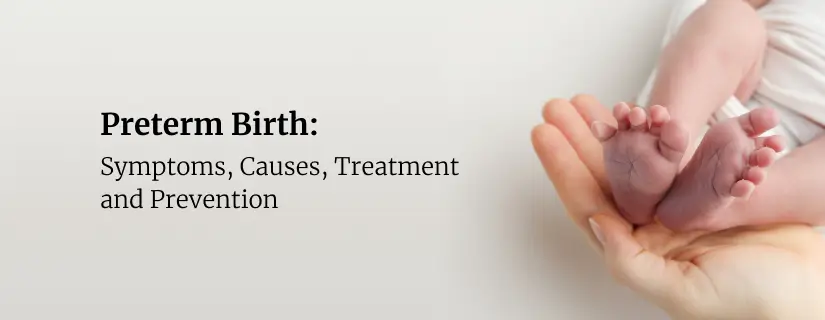
Preterm Birth (Premature Birth): Symptoms, Causes, Treatment and Prevention
13 May 2025
Read More
-
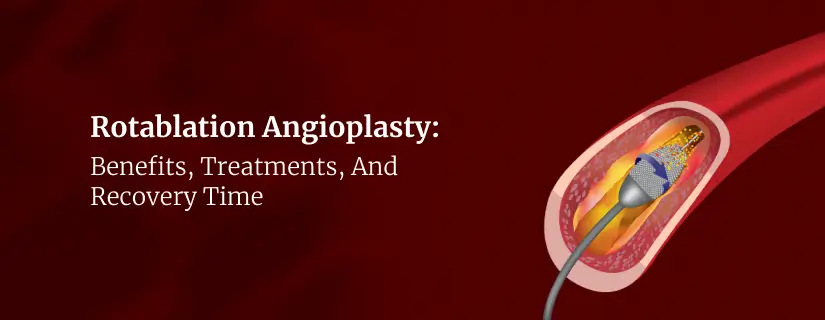
Rotablation Angioplasty: Benefits, Treatments, And Recovery Time
9 May 2025
Read More
-

What Is The Difference Between IUI and IVF?
9 May 2025
Read More
-

Venous Malformations: Causes, Symptoms, and Treatment
30 April 2025
Read More
-

Varicose Vein Foam Sclerotherapy: Treatment, Benefits, and Procedure
30 April 2025
Read More
-

Radiofrequency (RF) Ablation Treatment for Varicose Veins: Know More
30 April 2025
Read More
-

Varicose Vein Sclerotherapy: Treatment, Benefits, and Procedure
30 April 2025
Read More
-

Varicose Vein Endovenous Laser Ablation: Procedure, Benefits, Risks
30 April 2025
Read More
Have a Question?
If you cannot find answers to your queries, please fill out the enquiry form or call the number below. We will contact you shortly.




